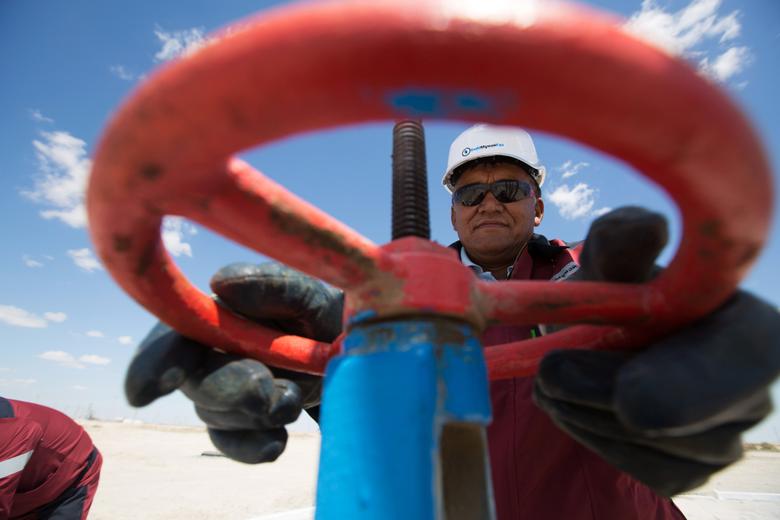
U.S. BANKRUPTCY & BUBBLES

Count the intensity of the shale oil boom — and its severe bust — as one of the unintended consequences of the Federal Reserve's efforts to buttress the economy.
The hydraulic fracturing (fracking) method of extracting oil and gas from shale rock has been around for decades, but it didn't really take off until right after the financial crisis, when a confluence of events meant smaller drillers and speculators had access to billions and billions of dollars of relatively cheap financing.
In late 2008, the Fed embarked on an unprecedented stimulus program to lower borrowing costs with the goal of igniting growth. While its easy-money policies succeeded in bringing the U.S. out of a recession, they also created an environment in which yield-hungry investors pushed into riskier U.S. assets, particularly the junk-bond market, which has nearly doubled in size since the end of 2008.
With willing lenders coupled to a worldwide commodities boom, some of the biggest beneficiaries were speculative U.S. energy companies, which tripled the amount of their debt during that period.
The increase in debt went hand in hand with a drastic increase in U.S. fracking oil production.
Correlation itself isn't causation, and shale was proving itself as a profitable way for the U.S. to become more independent from overseas oil. But fracking wouldn't have gained so much momentum so quickly without so many profligate lenders. It would have probably followed a slow, steady trajectory upward, with companies proving themselves to investors one at a time.
As it was, the spigot of cash flooding into junk bonds, master limited partnerships and other energy investment vehicles was so great it enabled both stable and shaky companies to obtain easy financing. U.S. output of oil and natural gas swelled by 42 percent from 2008 to 2014, helping create a glut that eventually overwhelmed demand.
Crude prices plunged from more than $100 a barrel to the lowest in more than a decade.
This arguably should have benefited the U.S. economy because lower gasoline prices aid consumers by lowering their fixed expenses. But the pain of investment losses largely outweighed the positive effects as investors from Main Street to pensions and foundations lent piles of money to speculative energy companies that looked increasingly fragile.
Some of those investors didn't even realize it. That's because energy debt was accounting for an ever increasing part of the overall speculative-grade debt market, meaning that anybody who wanted to put their money in junk bonds was buying a whole lot of energy, often whether they knew it or not.
It was a great bet for the investors until it wasn't.
And then they weren't interested in lending to these companies anymore, especially as a growing number of them started going bankrupt. This has become a spiral, with a lack of easy financing spurring more defaults and making investors less willing to lend to energy companies.
And that's where we are now, with a growing number of insolvencies and mounting losses, even as oil prices rebound a bit and investors start warming a bit to commodity-related companies.
Shale drillers aren't going away. Some will survive and thrive once oil prices stabilize and competitors go out of business. But this boom and bust wouldn't have been so big and painful if it hadn't been for all the leverage in these companies.
-----
Earlier:
U.S. WANT YOUR MONEY AGAIN - 2





